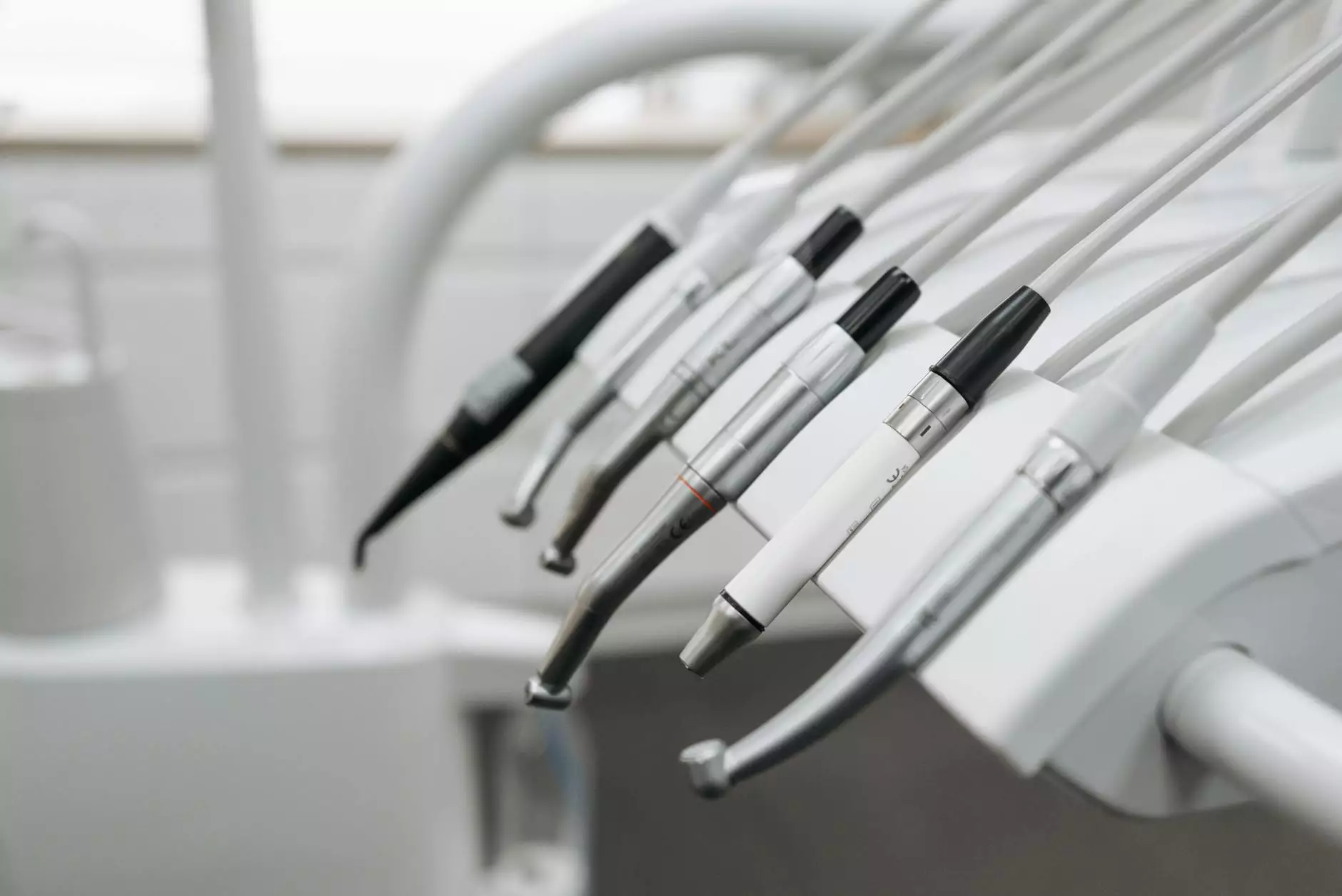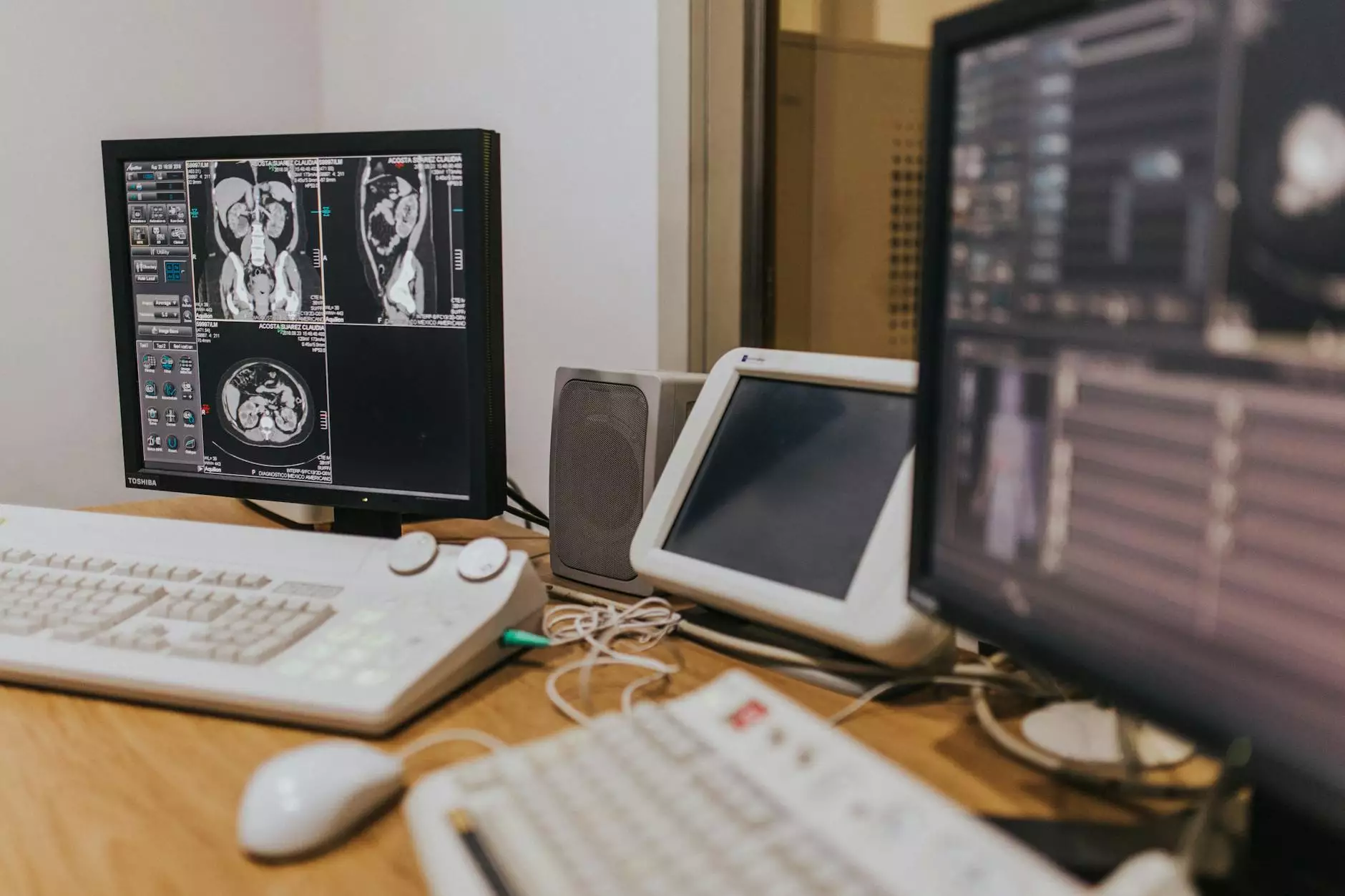Understanding CT Scan for Lung Cancer: A Comprehensive Guide

Lung cancer is a significant health concern across the globe, and early detection plays a critical role in improving outcomes for patients. Among the various imaging techniques available, a CT scan for lung cancer is one of the most effective methods for diagnosing and monitoring this disease. In this article, we will explore the importance of CT scans, how they work, the benefits they offer, and what patients can expect during the process.
What is a CT Scan?
A CT scan, or computed tomography scan, is a sophisticated imaging procedure that combines a series of X-ray images taken from different angles and processes them using computer technology to create cross-sectional images of bones, blood vessels, and soft tissues in the body. This means it provides much more detailed images than regular X-rays.
The Role of CT Scans in Detecting Lung Cancer
When it comes to diagnosing lung cancer, the precision and clarity provided by CT scans are invaluable. Here are some reasons why CT scans for lung cancer are essential:
- Early Detection: CT scans can reveal decreased lung function or potential tumors before symptoms appear, facilitating earlier intervention.
- Detailed Imaging: Unlike standard X-rays, CT scans offer a more comprehensive view of the lungs, allowing healthcare providers to discern small nodules and lesions that could indicate cancer.
- Staging and Monitoring: CT imaging plays a crucial role in determining how far the cancer has spread (staging) and tracking the effectiveness of treatments.
How Does a CT Scan for Lung Cancer Work?
The procedure for obtaining a CT scan for lung cancer typically involves the following steps:
- Preparation: Before the scan, patients may be asked to refrain from eating or drinking for a few hours. Additionally, patients should inform their healthcare providers of any allergies, especially to contrast materials, if a contrast dye is to be used.
- Positioning: During the scan, the patient lies on a motorized table that slides into the CT scanner. It’s essential to remain still to obtain the clearest images.
- Scanning Process: The CT scanner rotates around the patient, taking multiple X-ray images from various angles while a computer compiles this information into detailed pictures of the inside of the body.
- Post-Procedure: In most cases, patients can resume normal activities immediately after the CT scan, unless a contrast dye was used, in which case they may have to drink plenty of fluids to help flush it from their system.
Benefits of CT Scans for Lung Cancer
CT scans offer numerous benefits when it comes to lung cancer diagnosis and management. Some key advantages include:
- High Accuracy: The detailed cross-sectional images produced by CT scans enhance a physician's ability to make accurate diagnoses regarding lung tumors.
- Non-Invasive: Unlike surgical biopsies, CT scans are non-invasive, making them a safer option for preliminary diagnosis.
- Guidance for Treatment: The information gathered from a CT scan can help guide treatment options, whether they involve surgery, radiation, or chemotherapy.
- Three-Dimensional Images: Advanced CT scanning techniques, such as 3D imaging, allow physicians to visualize the tumor in greater detail, facilitating better planning for surgeries or other interventions.
Limitations and Risks of CT Scans
While CT scans are powerful diagnostic tools, it’s crucial to acknowledge their limitations and potential risks:
- Radiation Exposure: CT scans involve exposure to ionizing radiation, which can pose risks in terms of cumulative exposure, especially in younger patients or those requiring multiple scans.
- False Positives: CT scans may show abnormalities that could be false positives, leading to unnecessary anxiety and more invasive testing procedures.
- Cost: Depending on the healthcare system and insurance coverage, CT scans can be expensive, which might pose a barrier for some patients.
What to Expect Before, During, and After a CT Scan
If you have been advised to undergo a CT scan for lung cancer, knowing what to expect can alleviate some concerns:
Before the Scan
Prior to the scan, your healthcare provider will explain the procedure in detail and discuss any preparation needed. They may also review your medical history and any medications you are currently taking to ensure your safety.
During the Scan
During the actual CT scan, you will be required to lie still as the machine captures images. You may hear clicking noises as the scanner operates, but it’s essential to remain calm and still. The procedure typically lasts just a few minutes.
After the Scan
After the scan, a radiologist will analyze the images and provide a report to your doctor, who will discuss the findings with you and guide you on the next steps, should any action be required.
Understanding Your Results
Once the CT scan is complete, your results will be interpreted by a radiologist. Here’s how you may interpret the information from your CT scan:
- Negative Result: A negative result means no signs of lung cancer were found, but continued surveillance may still be necessary, especially in high-risk patients.
- Positive Result: A positive result indicates potential masses that may need further investigation through biopsy or additional imaging tests.
It's imperative to discuss the outcomes thoroughly with your healthcare provider to understand the implications of your results and what they mean concerning your overall health.
The Importance of Follow-Up Care
Regardless of the results, follow-up care is crucial for lung cancer management. Regular monitoring with CT scans or other imaging modalities may be necessary, especially for individuals with a history of lung cancer or those at high risk. This helps oncology teams tailor treatments and interventions more effectively.
Conclusion
In summary, a CT scan for lung cancer is an invaluable tool in the early detection, diagnosis, and management of this disease. Understanding the process, benefits, risks, and what to expect can significantly enhance a patient’s experience. At Hello Physio, we emphasize the importance of integrated medical care, including advanced diagnostic methods like CT scans, ensuring each patient receives the best possible journey on the path to recovery.
Staying informed and vigilant about your lung health is vital. If you have concerns regarding lung cancer or related symptoms, consult your healthcare provider for a thorough examination and discuss the potential need for a CT scan.



